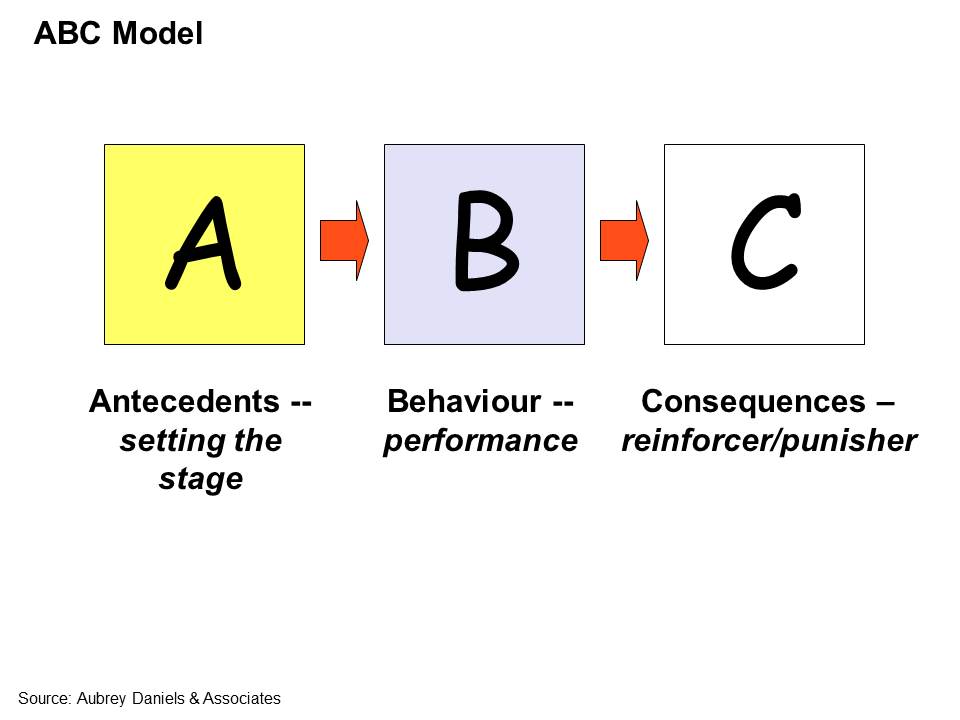We communicate because our brain learns words as associations. Associative or Pavlovian learning is one of the four ways the brain learns. If you want to make big changes, it is very important that you formulate well what you say and write. Because many people mean well, but formulate so badly that they actually achieve the opposite of their intention.
Pavlov himself said in 1928 that if you want to achieve in humans what he accomplished with dogs, then you have to work with hypnosis. Now it is not immediately the intention to put everyone in a hypnotic trance before you try to make a big change. Not only does that often take too much time, but it also stands out! Fortunately, there is also a broad definition of hypnosis and that definition is:
Hypnosis is to convince people to participate in your script.
Or to put it more business-wise: hypnosis is getting people to follow your reasonings. Almost all hypnosis is done with hypnotic language patterns. These language patterns are indispensable for formal hypnosis, but also work very well when you want to get people to follow your reasonings. If you want to make big changes in other people, the use of hypnotic language patterns is the only way to achieve that to the greatest extent possible.
That is why we organize a webinar Top 3 Most Influential Language Patterns every month. The top 3 most influential language patterns are:
- The iCoomand.
- Presuppositions.
- Cause / effect reasoning.
When you register for the free webinar Top 3 Most Influential Language Patterns, you start to learn straight away as you get a link to our free video on presuppositions. Still, it’s important to join the Top 3 Most Influential Language Patterns webinar. Because the majority of our brains use language patterns completely unconsciously. That means that your unconscious mind needs to be trained to use these language patterns automatically. There are only a handful of trainers who can do this and Joost van der Leij is one of them. A webinar does not have the same impact as participating in a live training, but it works a lot better than reading from a book. So for that reason join the webinar Top 3 Most Influential Language Patterns and register with the form below:

